Learning Communication from a Leadership Perspective
There are a few business skills that everyone needs. But effective communication is just one of the skills that set apart leaders. Learning leadership from a communication perspective is often a crucial step in any person’s success.
Becoming the Masters in Communication and Leadership
Masters in communication and leadership strive to build a successful foundation for their clients and workers. With that in mind, first we should outline what that foundation looks like.
Building the Foundation
Any good communicator is born out of a good communication plan. The first step in your plan should be building an excellent foundation. To do this, we should identify a few rules to establish a baseline for interaction with your peers.
Good communication should never be one-sided. The best communicators regulate the flow of conversation to make sure all sides are represented in the discussion. If you feel that someone’s voice is underrepresented, make sure to steer the conversation in their direction. You should also make sure that, during communication efforts, you take the necessary steps to minimize interruption and distraction.
Why Good Communication Skills are Important
The word ‘communication’ itself is used constantly. But have you ever stopped to ask why? Buzzwords can often be overused, but this one has proven to be an exception to the rule. These reasons are proof that communication deserves all the hype.
First, teams thrive on communication. Any breakdowns occurring in your business can cause loss of time and resources, cost your business, and even radically alter production timelines.
Second, any great leader should recognize that communication happens in all forms. To improve your relationships with your team, you’ll need to learn how to read each medium. During your next performance self-assessment, you should gauge your ability to read things like body language, gestures, tone, and inflection. Also, make sure to touch up on how people communicate digitally, given the ever-changing landscape of the modern office.
Common Mistakes
As you’re learning leadership from a communication perspective, you may want to avoid three common mistakes during interactions.
• Language: Make sure that you are using language effectively. You’ve heard that the pen is mightier than the sword, but we assert that your voice is leaps and bounds more effective than both. When addressing your peers, make sure that you are careful and deliberate with your words
• Tone: We’ve all been in a situation where a negative tone has been levied our way. We encourage masters in communication and leadership to keep a positive tone. This way any interaction you have is not upsetting for anyone involved. Instead, you are a well-oiled machine simply working out a few rusty gears.
• Listening to Respond: The next time you are about to respond to someone, stop and ask yourself if you’ve really thought through what they just said. It’s easy to catch yourself simply listening to respond instead of doing what you’re supposed to be doing: communicating. Take a little extra time to parse out what someone is saying, so you can have an appropriate and productive response.
The Next Steps in Your Leadership Communication Plan
You’re on the road to becoming a better leader. Now there are just a few more things we encourage you to work on soon.
For one, learn to adapt your style to the situation and group surrounding you. this will play a key part in making sure that no hiccups in communication occur. Next, be sure to emphasize and improve your listening. No one will mind if you take a few extra minutes to really think about what’s being said. If anything, they’ll respect you more for taking matters seriously. Finally, learn to empathize and understand the mindset of your teams. A great leader not only listens, but also understands where the speaker is coming from and what emotions they are feeling.
With these tips, you can’t go wrong and are on the fast track to becoming the best version of yourself.












